Have you ever seen an interesting headline floating around — possibly from The New York Times, The Boston Globe, National Geographic or The Washington Post — only to click on it and get blocked by a pop-up demanding payment?
These annoying facets of digital news are called paywalls, and they’ve been in use for 20 years, gaining popularity after the NYT started using them around 2011-2012. More than 76% of U.S. online news outlets had some form of a paywall in 2019, and subscription prices range from $1 to upward of $30 per month.
Though the public must support journalists and reporters, who are already underpaid, it’s frustrating to see news organizations prioritize business at the expense of its responsibility to inform. Beyond paywalls, many publications have become more dependent on shock value and headline virality for profit.
Another model of free journalism — as exemplified by CNN — includes postering advertisements across its site. Unfortunately, some of these ads are undoubtedly for tabloids or “fake news,” ironically proliferating the spread of misinformation.
The prevalence of news walls, especially the expensive ones, could already turn the average citizen toward cheaper or free options, making social media or fake news more accessible and appealing. In lower socioeconomic circles and older generations who may not be willing to pay or able to parse facts from lies, this phenomenon may be further compounded.
Featuring sponsored posts for unreliable information on a news website that is supposed to be credible feels disingenuous, especially as the line between fake and real is increasingly blurred by social media and technology.
It isn’t just newspapers that need to change their business model, though. We should also put effort into teaching and improving our media literacy so fake news won’t have a platform.
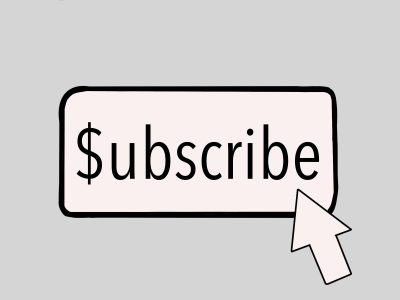
Beyond fake news, paywalls still risk creating what’s known as an “echo chamber.” If most publications put a price on their content, people may be more inclined to subscribe to only one outlet that aligns with their beliefs, thereby exposing themselves to one viewpoint while shutting out all others. And the process is cyclical — the publication responds by catering increasingly partisan articles because that’s seemingly what paying readers care about.
Paywalls aren’t entirely effective either: You could use incognito mode, browser extensions, separate devices or simply jump between metered publications where they’ll give you a handful of articles before paywalling you. Unless the news outlet has a hard paywall — where you can’t access any content at all before paying — if you’re persistent enough, you could probably find a way.
News outlets without a loyal readership will find they have only alienated potential subscribers.
Paywalls do news outlets and the public a disservice by acting as a deterrent to the vast majority, but don’t do their job well enough to keep out the dedicated few.
However, it is important to note that before online journalism, most everyone who wanted to read the news would buy or subscribe to print newspapers delivered to their house. In our new age of convenience and accessibility, we may feel entitled to more free content — without taking into consideration the craft and sheer amount of work journalists put into each article.
Small publications also rely heavily on advertisements and other sponsored content. Without these, paywalls and additional forms of income, a lot of local newspapers could be headed toward extinction.
It also comes down to a question of priority. Our generation in particular has built social media and even other subscriptions services such as Spotify and Netflix into our culture and daily routine.
The time and brain power required to process and read the news may already feel unnatural when we’re so used to fast information and multitasking. In these cases, the paywall serves as another barrier even though it shouldn’t be — we are more than capable of paying upward of $10 every month on entertainment services, so why not on information?
Still, many large, national and international outlets that dominate the news cycle have an established legacy, credibility and audience, and they could afford to lower their rates or do away with them entirely. The Guardian has shown it’s possible — it has no paywall at all, making their news available to everyone.
This is the best-case scenario. If well-known, credible news is made accessible to everyone, fake news will lose one of its legs. Furthermore, our financial support could be redirected to local, small and independent news organizations that have more specialized and diverse stories to tell.
Readers would be able to have multiple streams of information, and we could potentially even out readership between national and local news, helping add a diversity of voices to our media consumption.
Other solutions could involve switching to crowdfunded or nonprofit models, following in the footsteps of NPR and a couple local publications. News outlets with exorbitant prices could also simply lower their subscription rates.
As readers, we can circumvent the paywall by supporting individual journalists on social media and following them for live-reporting on Twitter. Established news publications also have newsletters that are free to the public.
For Boston University students, we are fortunate enough to have a school that provides us with free subscriptions, but not everyone has that luxury.
The paywall problem requires a delicate, balanced solution. Readers are responsible for financially supporting publications if they are able and publications are responsible for prioritizing public, reliable news over profit — if possible.


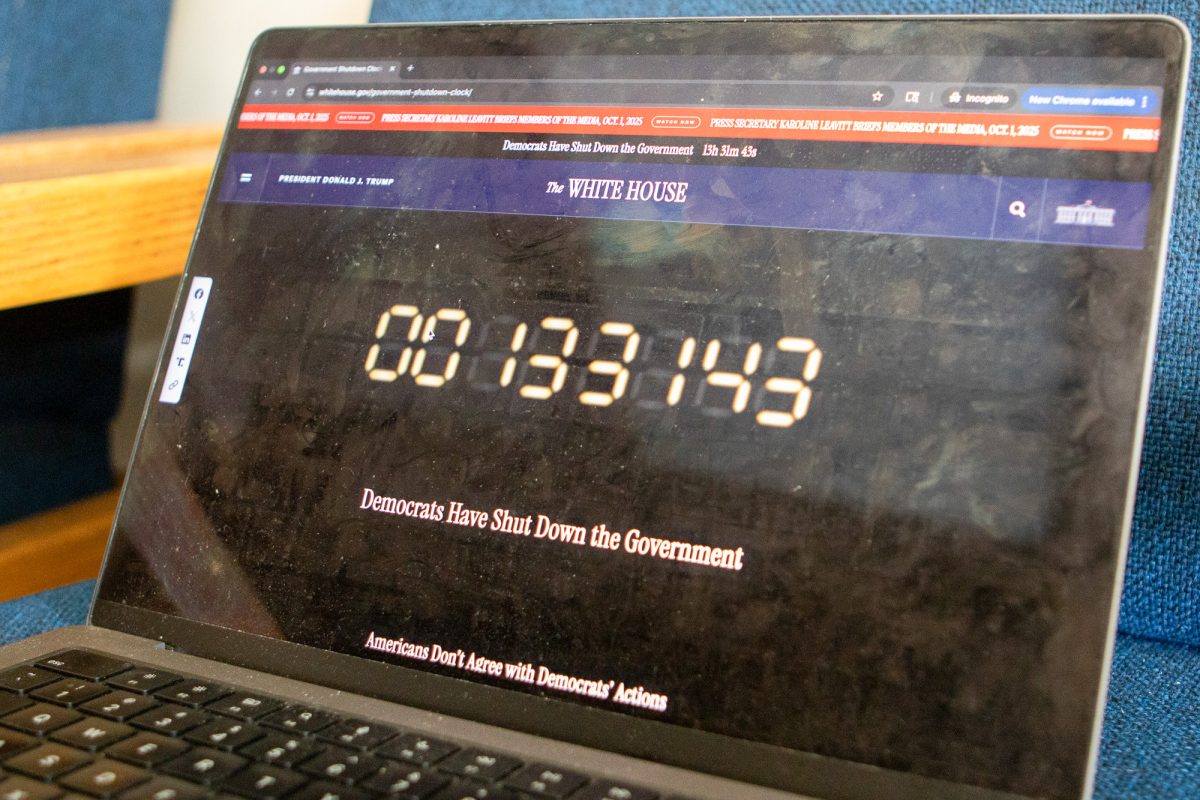
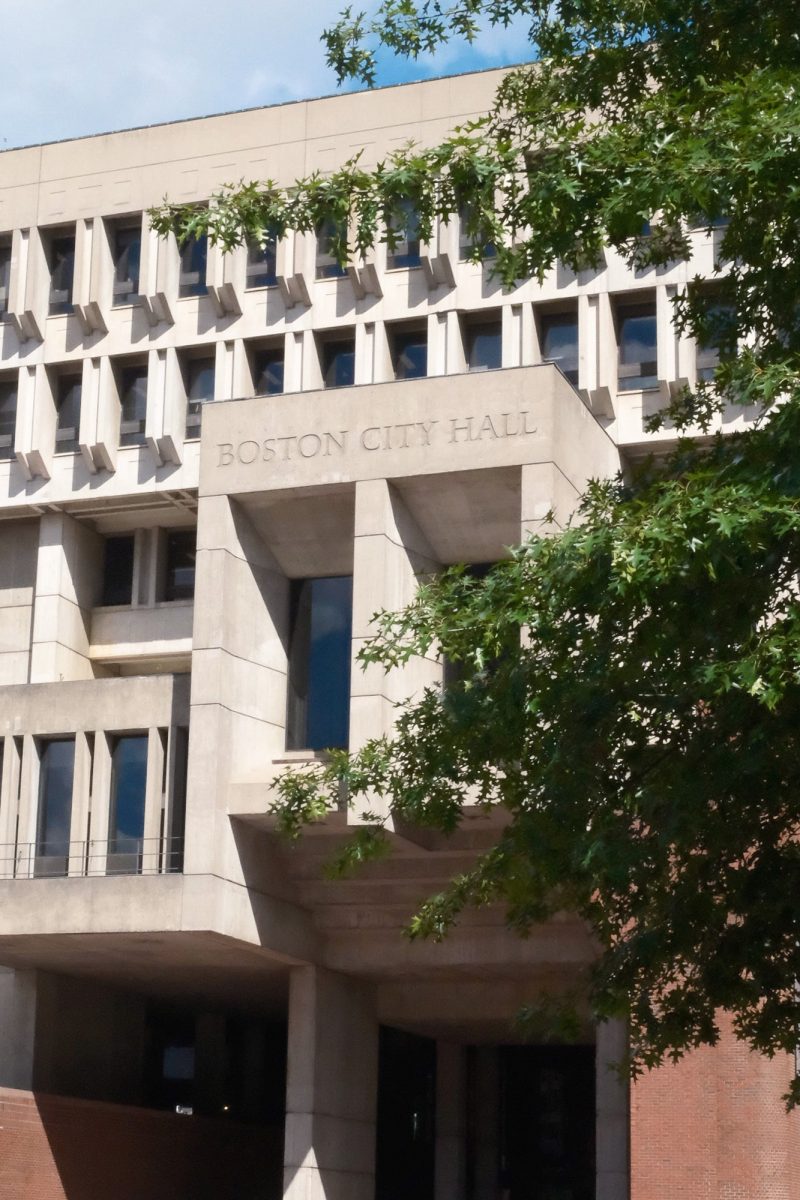

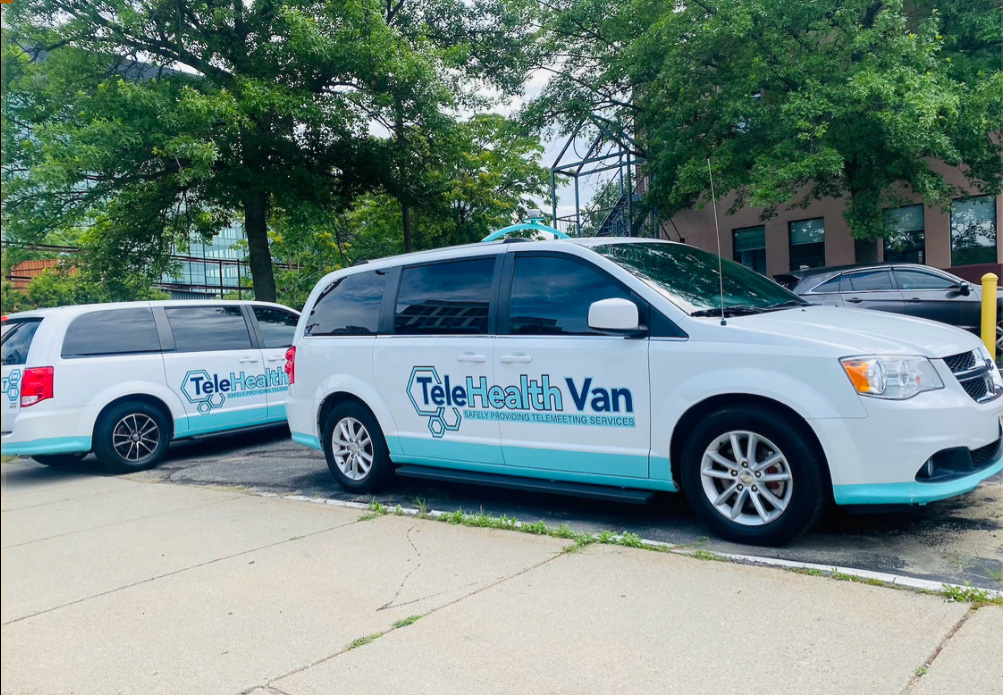
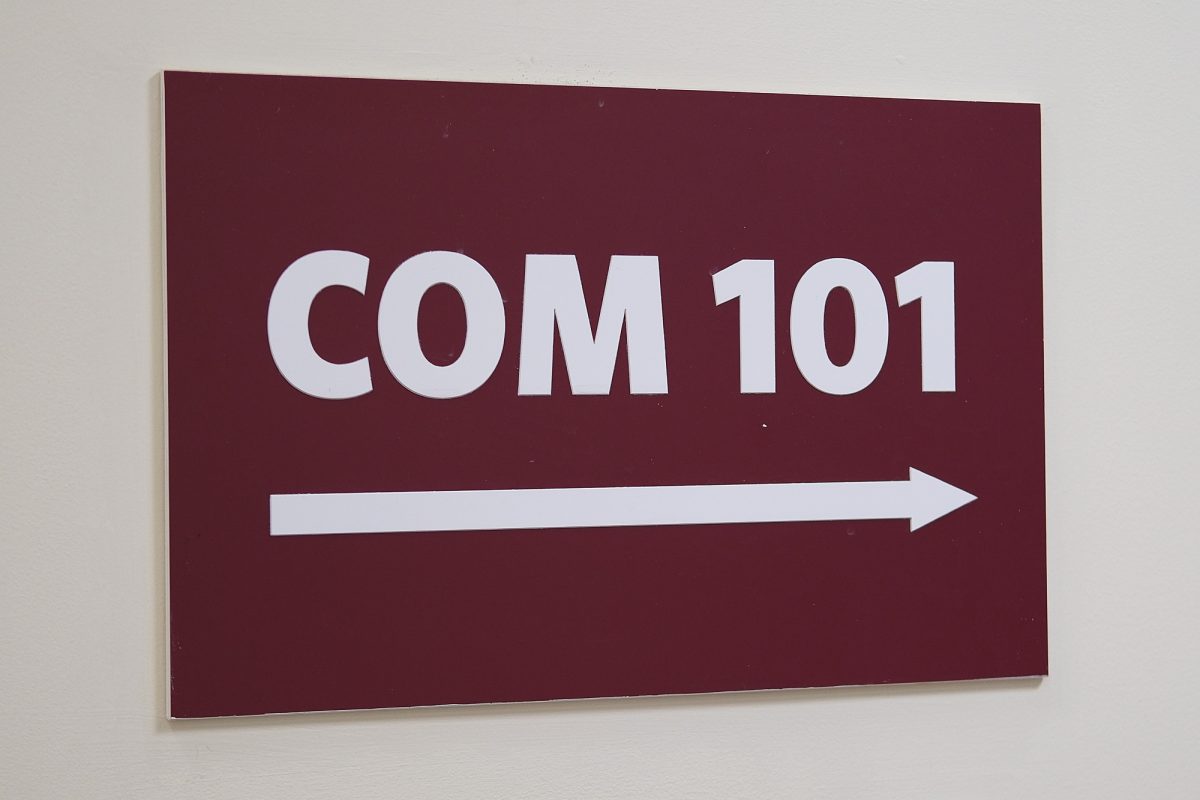
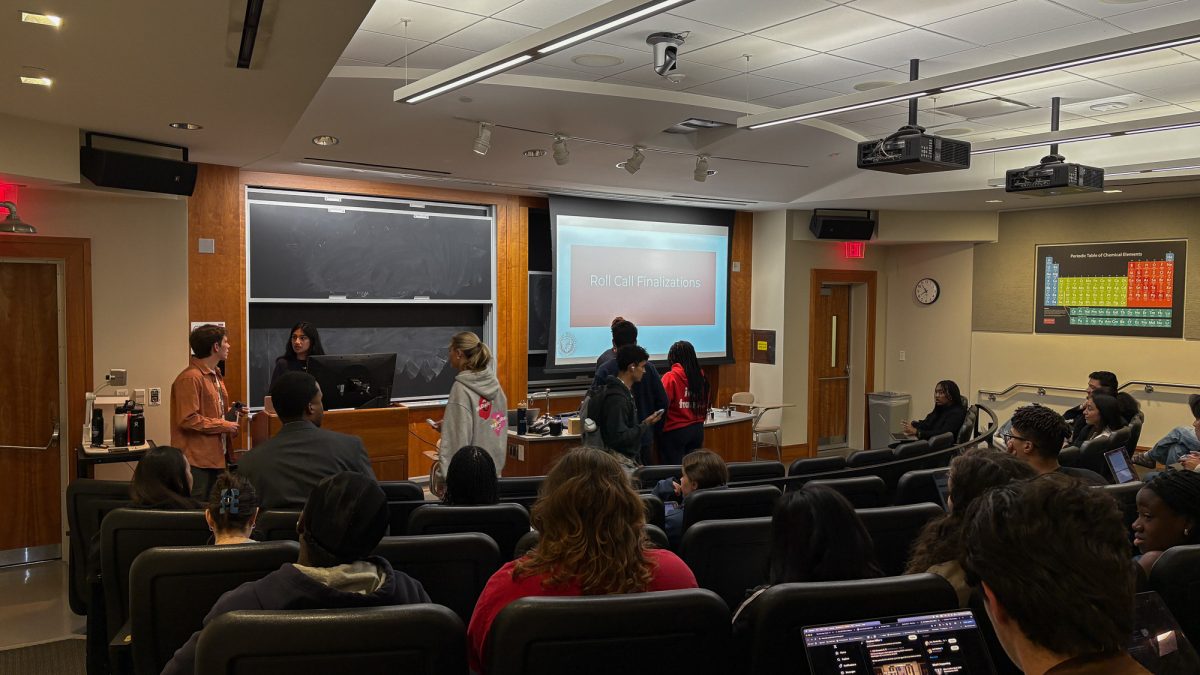
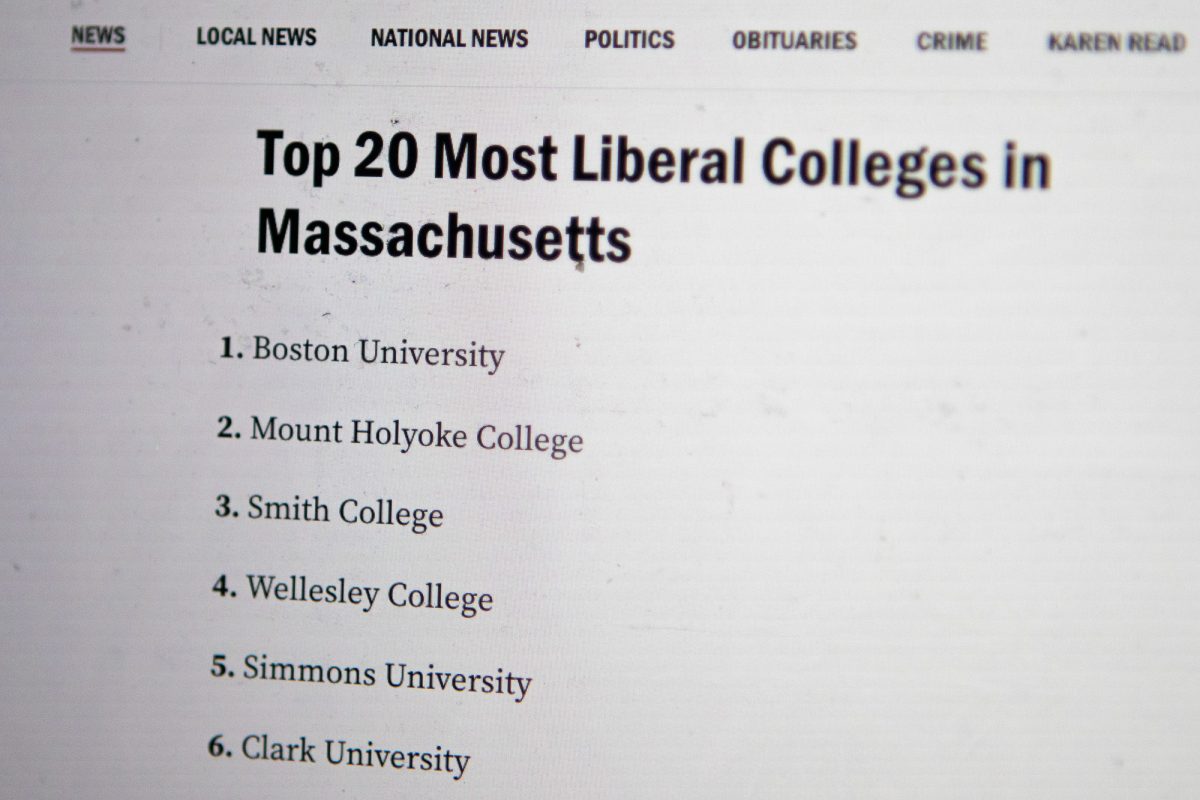














































































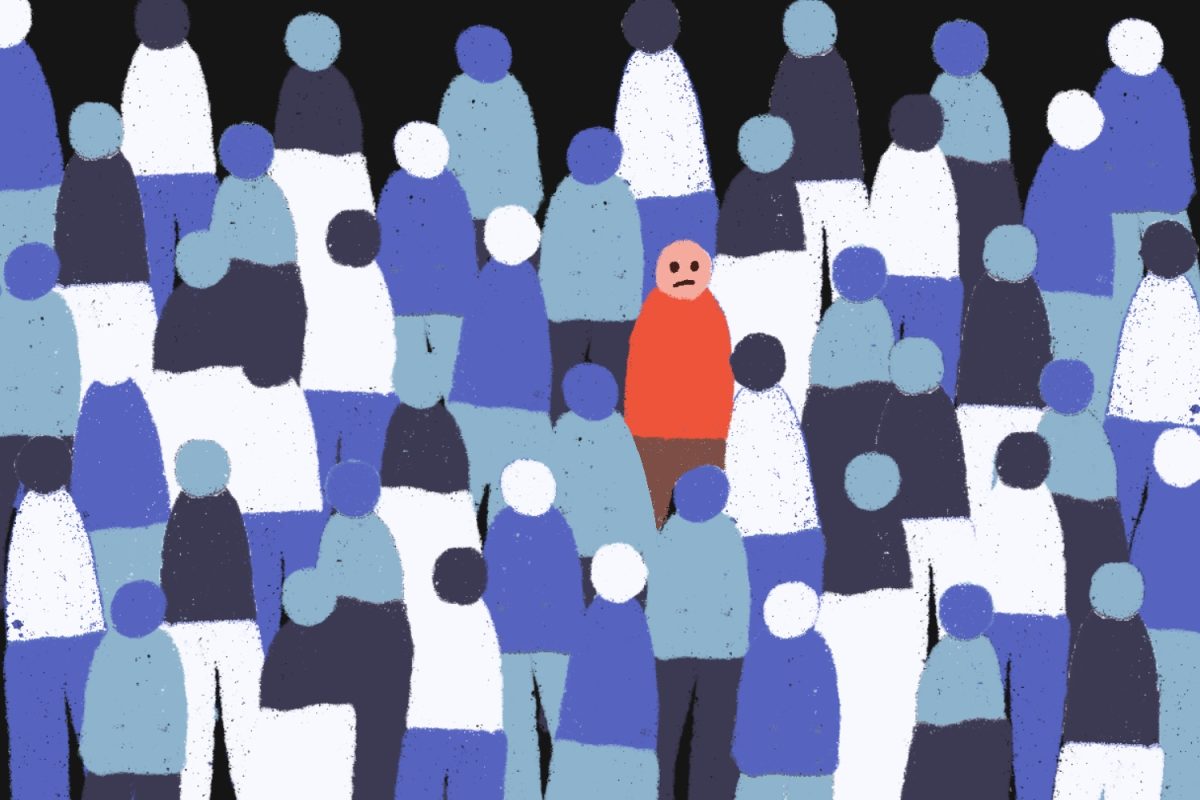




















Don Johnson • Mar 24, 2021 at 12:26 am
All journalists should go homeless or learn to code.